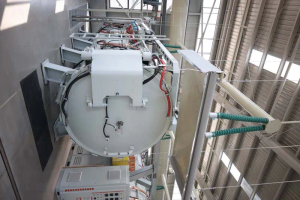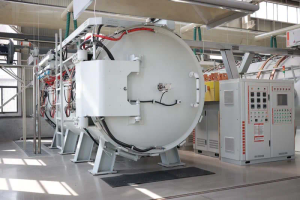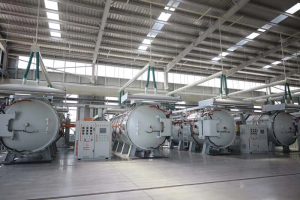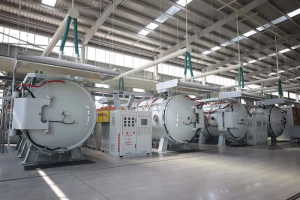3d printing types and characteristics
3D Printing: Types and Characteristics
Introduction
In recent years, 3D printing has emerged as a game-changing technology, revolutionizing various industries such as manufacturing, healthcare, and design. Also known as additive manufacturing, 3D printing allows the creation of three-dimensional objects by layering materials based on a digital design. This article explores the different types of 3D printing technologies and highlights their unique characteristics.
Fused Deposition Modeling (FDM)
Fused Deposition Modeling, commonly referred to as FDM, is one of the most widely used 3D printing techniques. FDM printers work by melting a thermoplastic filament and extruding it layer by layer onto a build plate. This method offers several advantages, including low cost and high scalability. FDM printers are relatively affordable compared to other 3D printing technologies, making them accessible to both professionals and hobbyists.
Stereolithography (SLA)
Stereolithography, or SLA, is an additive manufacturing process that utilizes liquid photopolymer resin. SLA printers employ a laser or a digital light projector to selectively cure the resin, solidifying it layer by layer. SLA technology excels in producing high-resolution prints with intricate details. It finds applications in the production of dental models, jewelry, and prototypes where accuracy and surface finish are critical.
Selective Laser Sintering (SLS)
Selective Laser Sintering, known as SLS, is a 3D printing technique that uses powdered material, typically nylon, as the base material. The SLS printer selectively fuses the powder together using a laser, forming solid layers. SLS offers design freedom, allowing the creation of complex geometries and intricate structures. Moreover, the unfused powder acts as a support, eliminating the need for additional support structures.
Digital Light Processing (DLP)
Digital Light Processing, or DLP, is similar to SLA in that it uses photopolymer resin to create 3D prints. However, DLP printers use a digital projector to cure an entire layer of resin simultaneously, resulting in faster print speeds compared to SLA. DLP technology is popular for producing models with high accuracy and smooth surface finish, making it suitable for applications such as jewelry making, dentistry, and rapid prototyping.
Binder Jetting
Binder Jetting is a 3D printing technique that utilizes powdered material and a liquid binding agent. The printer selectively deposits the binder onto thin layers of the powder, binding them together to form the desired object. Binder Jetting is known for its ability to produce multicolor prints, making it ideal for creating full-color prototypes and architectural models. This technology offers a cost-effective solution for creating large, intricate parts.
Material Jetting
Material Jetting is a 3D printing process that involves jetting liquid photopolymer materials onto a build platform. These materials are then cured using ultraviolet light, solidifying them into the desired shape. Material Jetting enables the production of highly detailed, multi-material prints with different properties, such as flexibility and transparency. This technology finds applications in industries like automotive, aerospace, and consumer goods.
Conclusion
The various types of 3D printing technologies discussed in this article highlight the versatility and potential of additive manufacturing. From FDM, which offers affordability and scalability, to SLA, which provides high-resolution prints, each technology has its unique characteristics and applications. Whether it’s rapid prototyping, custom manufacturing, or artistic creations, 3D printing continues to push the boundaries of what is possible in the world of manufacturing and design. With ongoing advancements and innovations, we can expect even more exciting developments in the field of 3D printing in the future.
.webp)



